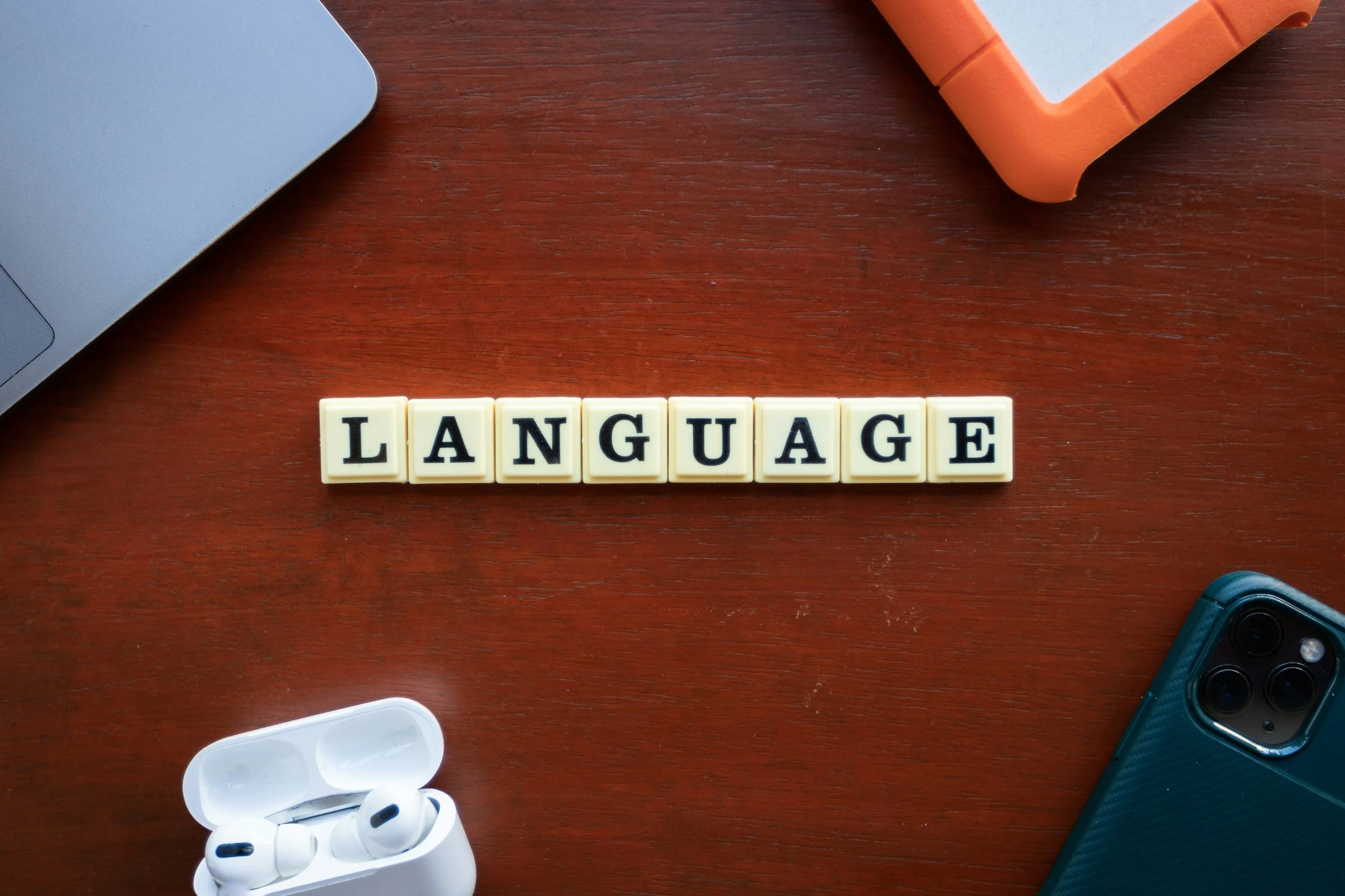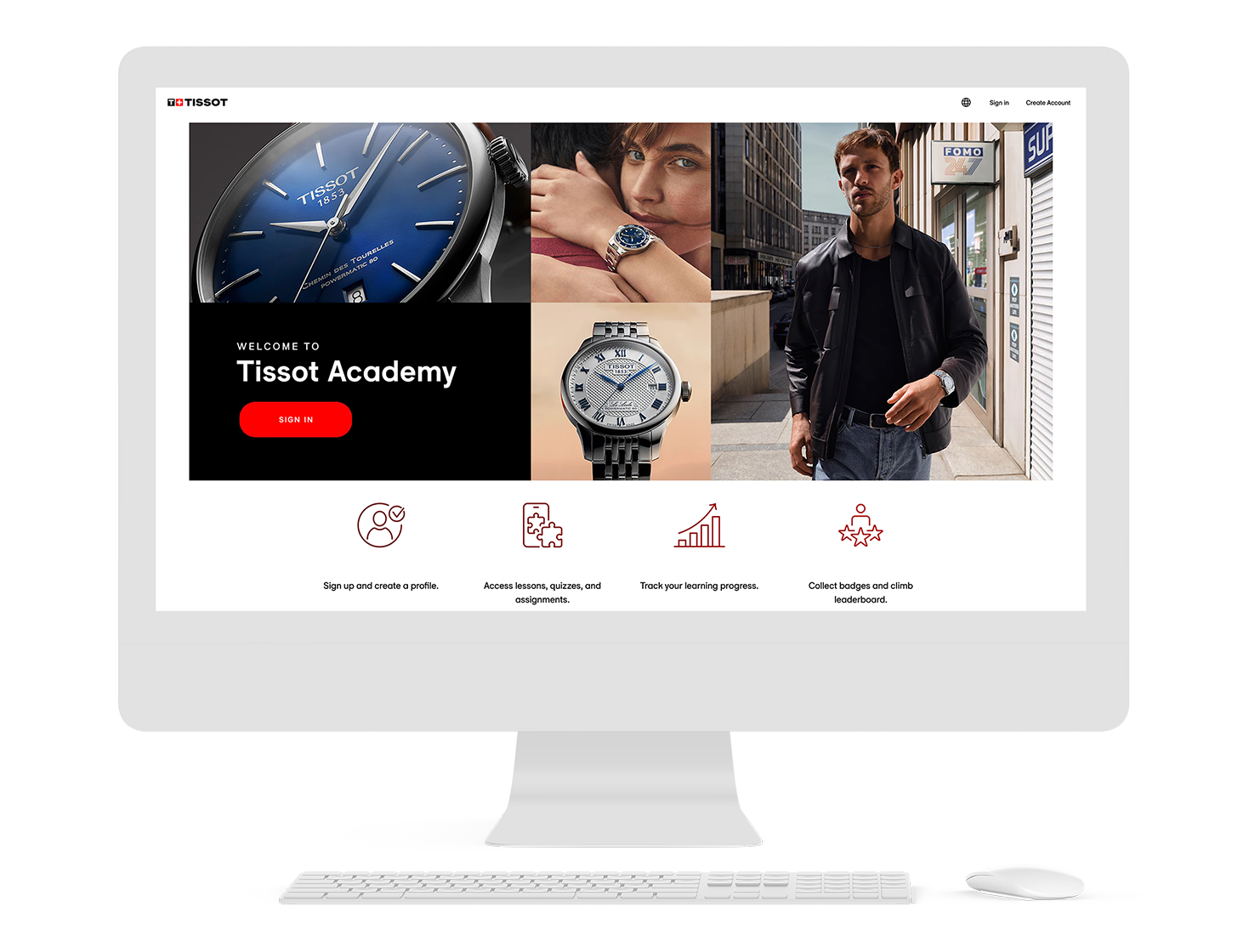How Multilingual Training Improves Team Performance
7 Key Insights for Effective Multilingual Team Training
Delivering training to a diverse workforce requires addressing language and cultural differences while maintaining consistency and quality.
With AI-driven tools and automatic translation, modern learning platforms provide seamless multilingual training experiences that feel natural for every participant.
Role-specific access and content management ensure that the right learning materials reach the right team members, whether they are managers, staff, or trainers, while maintaining organizational standards.
By combining advanced technology with interactive community features, global teams can collaborate, share knowledge, and grow together, fostering a unified learning culture across languages and regions.
01. Multilingual Team Training: Meeting the Global Learning Challenge
As organizations expand internationally, leaders face the challenge of training teams across different languages and cultural contexts.
Providing learning that is inclusive, consistent, and aligned with company standards is essential. Multilingual team training ensures every employee, from New York to Berlin to Mumbai, has equal access to knowledge, feels part of a shared community, and represents the organization with confidence.
This strategy not only enhances performance but also strengthens engagement, loyalty, and a unified organizational culture across regions.
Key Benefits:
Global reach, local engagement → connect and support diverse teams across languages and cultures
Consistent organizational standards → maintain uniform processes, messaging, and quality worldwide
Equal learning opportunities → empower every employee to grow skills and advance careers
Stronger team collaboration → foster belonging and connection across international teams
Boosted performance and loyalty → well-trained, engaged teams deliver results and retain top talent
02. Harnessing AI and Technology for Multilingual Team Training
Artificial intelligence and modern learning technologies are revolutionizing how global teams acquire skills and collaborate.
AI-driven translation makes training materials instantly available in multiple languages, ensuring content is accurate, context-aware, and accessible to everyone.
Personalized learning paths adapt to each employee’s role, location, and pace, creating a more relevant and effective learning experience.
Automation also streamlines delivery, lowering costs and accelerating training programs, allowing organizations to scale learning initiatives while maintaining consistency, inclusivity, and quality across all teams.
Key Benefits:
AI-powered translation → real-time, precise, and context-sensitive content for diverse teams
Personalized learning paths → tailored to role, region, and individual learning needs
Efficient scaling → faster program delivery with lower operational costs
Inclusive learning environment → equitable access to knowledge for all employees
Data-driven insights → smarter training decisions through analytics and continuous improvement
“The Future of Multilingual Team Learning: Consistent and Personalized”
03. AI Support and Automatic Translation for Multilingual Team Training
In a global workforce, training must reach employees across different languages and regions while maintaining clarity, consistency, and effectiveness.
AI-powered tools and automatic translation make this possible by providing real-time, context-aware translations that preserve organizational tone, terminology, and messaging.
This ensures every team member, regardless of language, has equal access to learning materials and feels fully connected to the organization’s culture and standards. Removing language barriers helps build stronger, more inclusive teams and allows training programs to scale efficiently across locations.
Key Benefits:
Real-time translation → instant, accurate, and context-sensitive learning content
Consistent messaging → aligns with company tone, terminology, and identity
Equal access to training → every employee receives the same knowledge and growth opportunities
Inclusive learning environment → breaks language barriers and fosters belonging
Scalable training solutions → supports global expansion with localized learning experiences
04. Automatic Translation and Access Management for Multilingual Team Training
Delivering training across a global workforce requires not only multilingual accessibility but also precise control over who can create, review, and distribute content.
AI-driven translation ensures learning materials are instantly available in multiple languages, while advanced access management assigns clear roles throughout the content lifecycle, including creation, review, publishing, design, and collaboration with external partners.
This structured approach preserves organizational standards, prevents inconsistencies, and ensures that the right people manage the right tasks at every stage of training development. By combining automation with governance, organizations can scale training content globally while maintaining quality, consistency, and security.
Key Benefits:
Automatic translation → instant multilingual access with accurate and context-aware content
Role-based access management → assign permissions for content creation, review, publishing, and design
External collaboration → enable teamwork while protecting organizational standards
Quality assurance → maintain consistency across regions, teams, and learning programs
Efficient workflows → streamline global content development with full oversight
“How AI is Revolutionizing Multilingual Team Training”
05. Seamless External Collaboration for Multilingual Team Training
Global training programs often involve collaboration with external partners for translation, localization, or content development services.
Modern learning platforms enable partners to access only the materials they need, whether for proofreading, localizing, or designing learning modules, while keeping sensitive organizational information secure.
Role-based access and rights management ensure external contributors can work efficiently without compromising consistency, quality, or security. This streamlined collaboration accelerates content delivery and ensures high-quality, culturally accurate learning experiences for every team and region.
Key Benefits:
Partner access control → assign precise roles and permissions for external collaborators
Smooth collaboration → integrate seamlessly with translation and content service providers
Localized learning content → maintain cultural and linguistic accuracy for all markets
Information security → protect sensitive organizational content through rights management
Faster program delivery → accelerate global rollout with efficient, structured workflows
06. Building a Multilingual Learning Community
An effective global training strategy goes beyond simply delivering content. It creates a collaborative environment where employees can learn from one another, regardless of the language they speak.
With peer-to-peer engagement tools, discussion forums, and social learning spaces supported by AI-powered translation, teams can exchange ideas, best practices, and insights across regions.
Local contributions add cultural relevance, while a consistent global framework ensures organizational standards and knowledge remain unified. This approach builds an inclusive, dynamic learning culture that connects and empowers teams worldwide.
Key Benefits:
Peer-to-peer engagement → facilitate knowledge sharing across languages
Discussion forums → encourage collaboration and collective problem-solving
Social learning spaces → promote community-driven learning and interaction
AI-powered translation support → remove language barriers in real time
Global-local balance → integrate local input while maintaining consistent organizational standards
07. The Future of Global Multilingual Training
The next generation of team training is being shaped by AI and data-driven innovation.
AI-powered insights enable organizations to continuously enhance learning programs by identifying what strategies are most effective and where improvements are needed.
Predictive analytics take this further by anticipating training needs based on region, role, or individual performance, ensuring employees always access the right knowledge at the right time.
Combined with advanced translation tools and collaborative community features, these innovations create truly borderless learning environments, where teams around the world can learn, grow, and connect seamlessly.
Key Benefits:
AI-driven insights → continuously optimize learning programs using real-time feedback
Predictive analytics → forecast training requirements by role, region, or individual
Personalized learning experiences → deliver the right content at the right moment
Borderless learning communities → unite global teams in a shared knowledge culture
Future-ready training → scalable, adaptive, and innovative solutions for modern organizations
Conclusion: Mastering Multilingual Team Training for Global Success
Effective global training is no longer just about delivering content. It is about creating inclusive, connected, and future-ready learning communities.
By leveraging AI, automatic translation, role-based access management, and social learning tools, organizations can ensure that every employee, regardless of language or location, has equal access to knowledge and feels fully engaged in the shared learning experience.
The challenge of multilingual engagement becomes an opportunity to strengthen organizational culture, encourage collaboration, and boost performance across teams and regions. In an increasingly interconnected world, mastering multilingual training is essential for building resilient, unified, and empowered teams.







